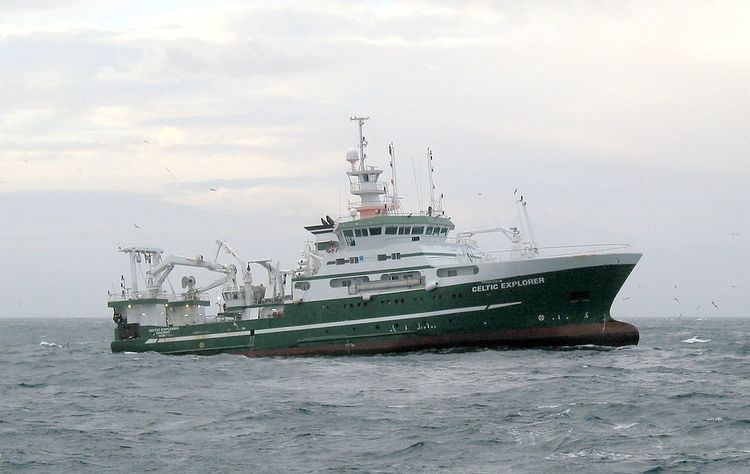 | ||
Aquaculture engineering is the branch of agricultural engineering that studies cultured aquatic species and the production systems used in their culture. Study, research and development in this area ranges from low intensity man-made pond systems to highly intensive recirculating aquaculture systems. Species cultured in these systems range from tilapia to salmon and can also include shellfish or seaweed.
Ponds make up a large portion of aquaculture production systems, along with sea cages, and tank systems. The engineering aspect of aquaculture engineering aims to apply mathematical and engineering concepts to the effective development of aquatic production systems with emphasis on the use of computer simulation for water quality and fish production. Environmental conditions, feed, and fertilization are important components of these studies.
Whether research, teaching, study, or production systems, aquaculture engineering systems generally make use of water treatment operations to ensure the good quality of the environment for the fish life. Water recirculating systems are also an important aspect of this endeavor, with emphasis on water quality, oxygen content, and feed amount.
